Manhattan may be known for its soaring skyscrapers, but beneath the streets a labyrinth of substructures renders space equally scarce. Layers of electrical wiring, gas and sewage lines, train tunnels and the foundations of buildings all compete for room within the bedrock.
There are occasional subterranean pockets: an abandoned subway station at City Hall, a postal tunnel under 9th Avenue, and beneath Delancey Street a former trolley terminal that’s been sitting empty since 1948. Now thanks to an innovative new solar technology, the abandoned terminal is being repurposed as The Lowline, an underground park that will feature a year-round garden complete with plants and vegetables, as well as seating and play areas.
The project is the brainchild of designer James Ramsey of RAAD Studio and Korea-based technology company Sunportal who developed a series of remote skylights that collect and distribute light through protective tubes. Under ground, a solar canopy designed by engineer Ed Jacobs then spreads out the sunlight across the space, modulating and tempering it to support photosynthesis, enabling plants and trees to grow.
The park won’t open until 2021, but the Lowline Lab, a testing site that demonstrates the project’s innovative technology, is currently open to the public. Housed in a windowless warehouse on Essex Street, it presents a verdant cornucopia of plant life around which visitors linger, touching the plants, smelling them or simply gazing at the greenery. Anyone who has survived a New York winter will appreciate the thrill of encountering foliage in the middle of February.
The founders aim to forge new public space in a part of the city where it is sorely lacking, but they also hope the project will serve as an example of how technology can transform cities in the 21st century. “The Lowline stands at the intersection of a great many things,” says designer James Ramsay. “It’s not just design, it’s not just urbanism, it’s not just strictly technology either, it also incorporates an element of urban archaeology… it is quite literally a bridge between our shared, collective past and the future.”
The project name was formed in response to the High Line, the elevated linear park built on an abandoned rail line, which opened on the west side of Manhattan in 2011 and became an instant success, drawing millions of annual visitors and transforming West Chelsea into a hotspot of new development and rising property values.
As the next imaginative effort in adaptive re-use, the Lowline has received wide public support. Urbanites and arborists alike are curious about the transformative technology, while property developers, who are already been circling the Lower East Side’s derelict lots cannot believe their luck. Another innovative park is coming to a part of town that lacks green space and promises to raise the value of their upcoming housing schemes. The first development to benefit will no doubt be Essex Crossing, the mammoth mixed-use development that will comprise 1.9 million square feet and border the length of the Lowline Park.







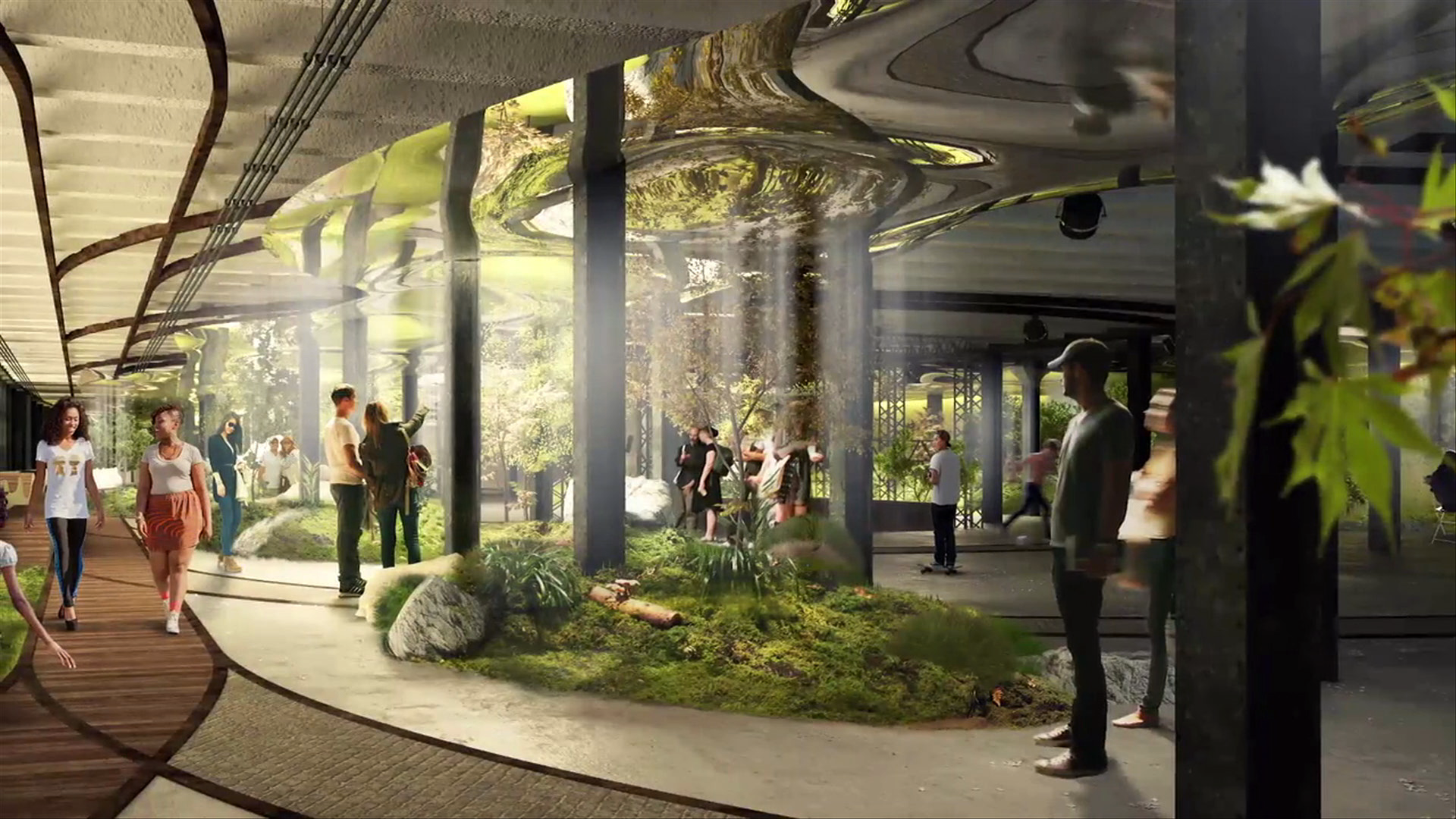
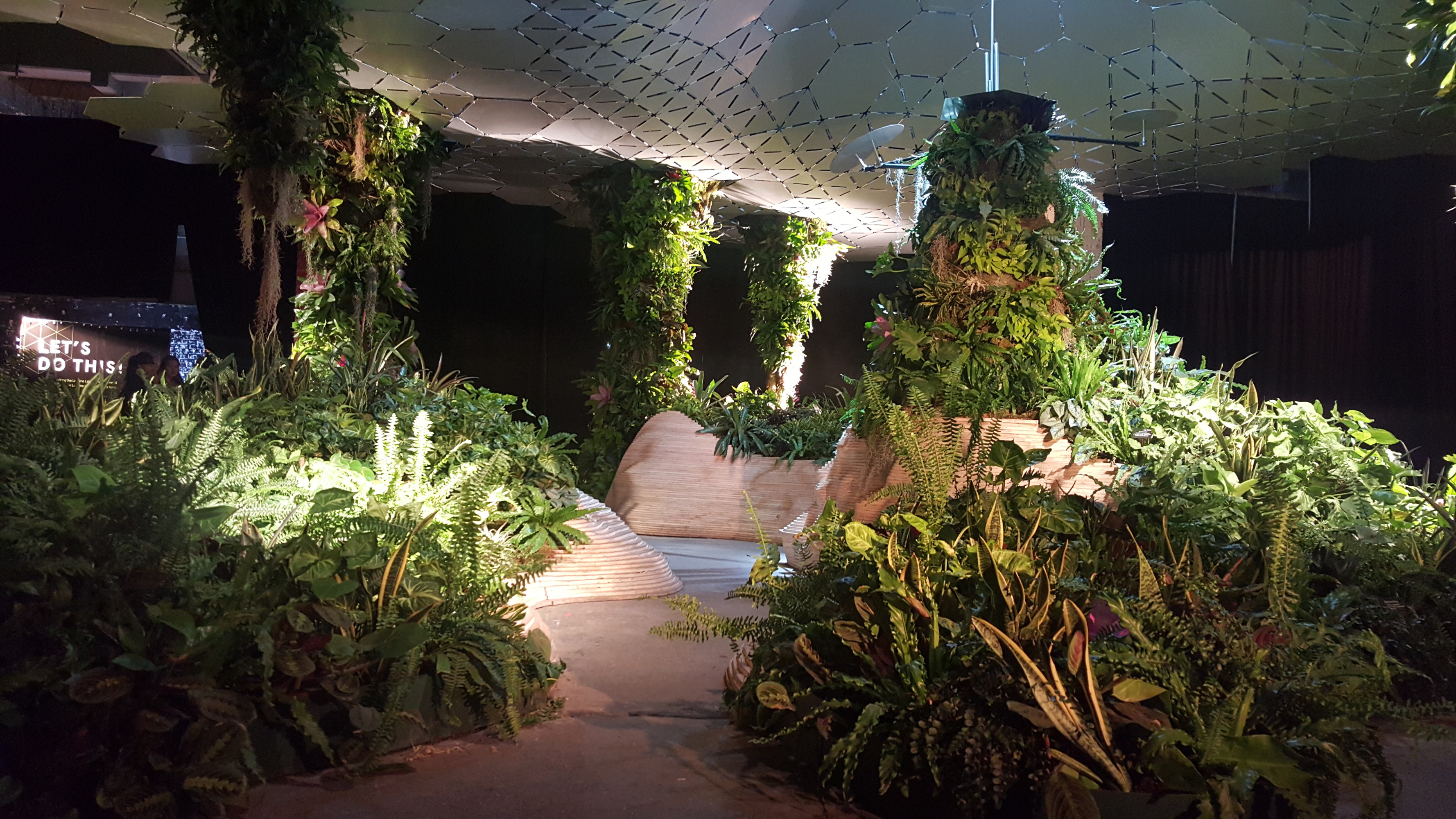
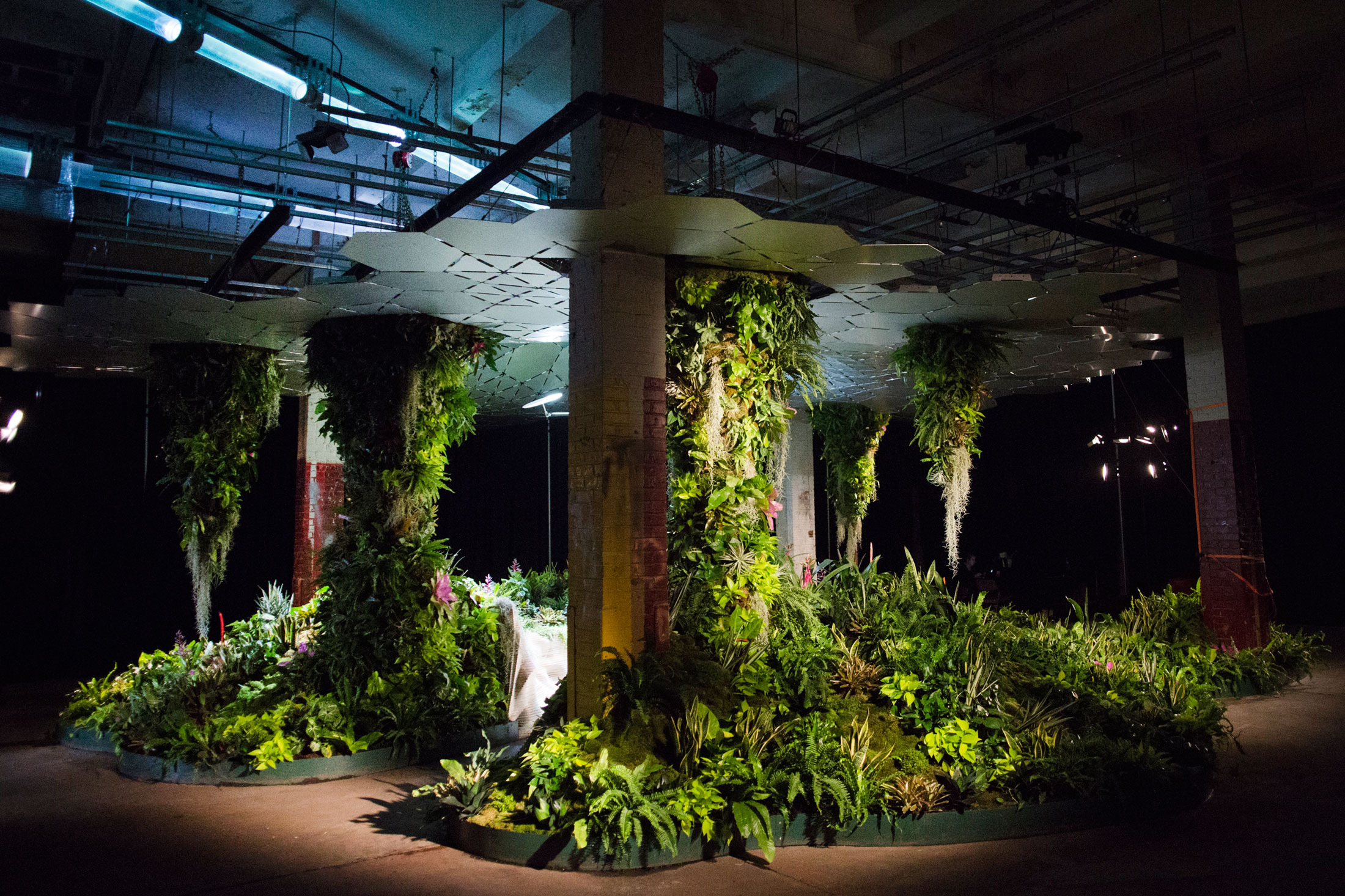


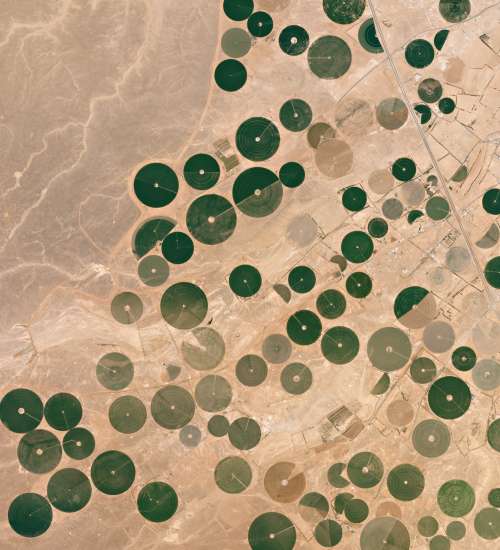
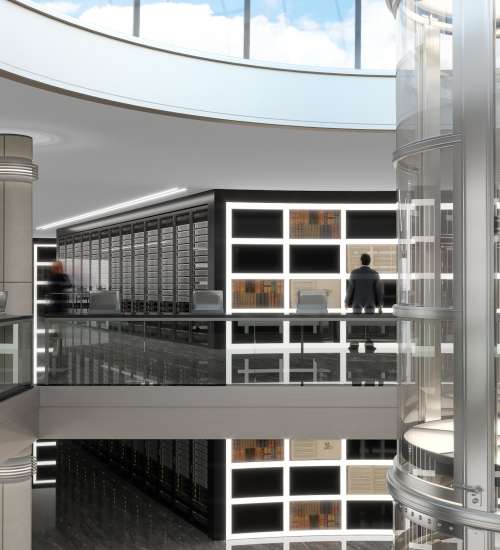
 Back
Back
